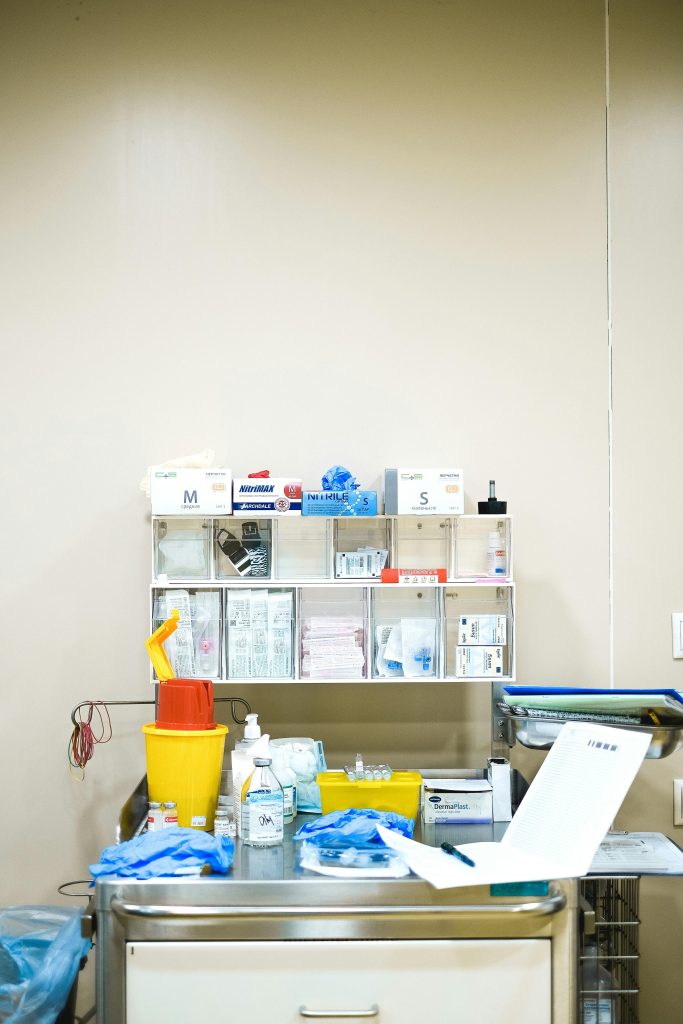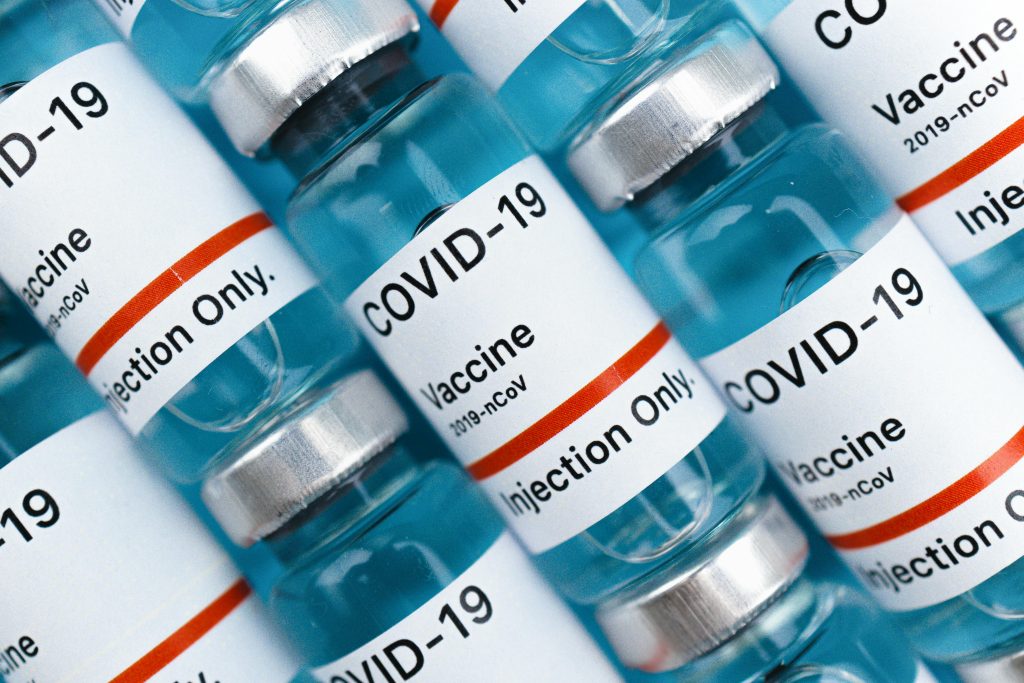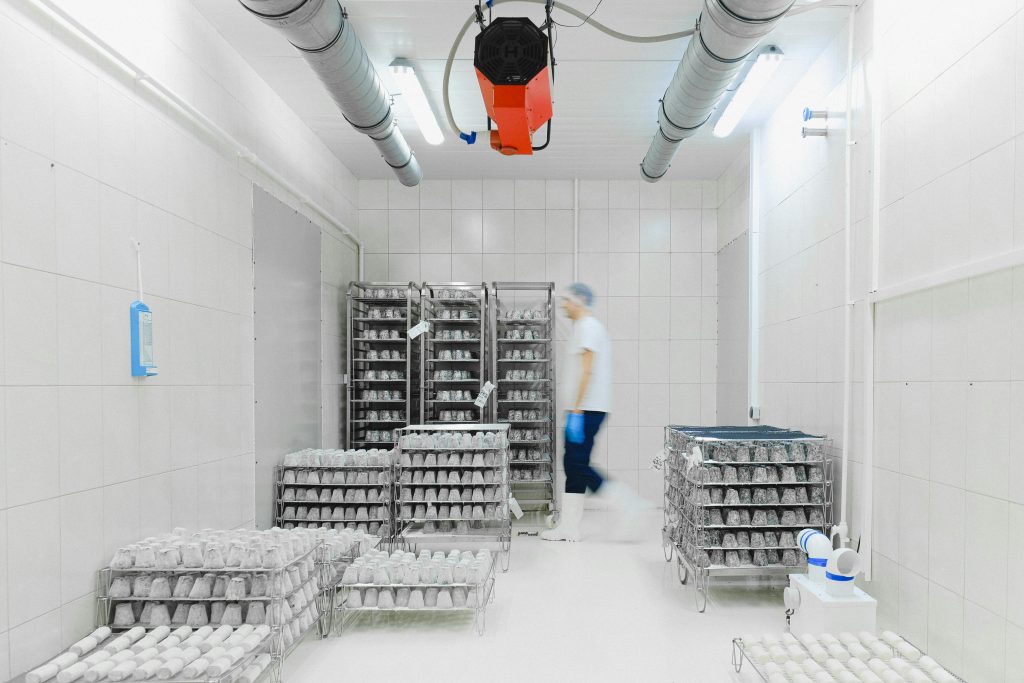The medical supply chain is the lifeline of healthcare delivery, ensuring that essential medical supplies, equipment, and pharmaceuticals are available where and when they are needed. An efficient and well-managed supply chain is critical for maintaining the quality of care, reducing costs, and responding effectively to emergencies. Here’s a deeper exploration of why an efficient medical supply chain is indispensable:
- Ensuring Continuity of Care
A reliable medical supply chain ensures that healthcare providers have uninterrupted access to the resources they need to deliver high-quality care. This is particularly critical during emergencies, such as pandemics, natural disasters, or disease outbreaks, where the demand for medical supplies can surge unpredictably.
- Example: During the COVID-19 pandemic, hospitals faced severe shortages of personal protective equipment (PPE), ventilators, and medications due to supply chain disruptions. Facilities with robust supply chain systems were better equipped to handle the crisis (World Health Organization, 2021).
- Impact: An efficient supply chain ensures that healthcare providers can maintain continuity of care, even during crises, reducing morbidity and mortality rates.

- Reducing Healthcare Costs
Inefficiencies in the medical supply chain, such as overstocking, stockouts, or delays in delivery, can lead to significant financial losses. Overstocking ties up capital in unused inventory, while stockouts can result in delayed treatments and increased patient complications, driving up healthcare costs.
- Example: A study by the American Hospital Association (AHA) found that supply chain inefficiencies cost U.S. hospitals an estimated $25.7 billion annually. Hospitals that implemented advanced inventory management systems reduced these costs by up to 20% (AHA, 2020).
- Impact: Streamlining the supply chain helps healthcare institutions optimize resource allocation, reduce waste, and lower operational costs.

- Enhancing Patient Outcomes
Timely access to medical supplies and equipment directly impacts patient outcomes. Delays in treatment due to supply chain disruptions can lead to worsened conditions, prolonged hospital stays, and even preventable deaths.
- Example: A report by the National Institutes of Health (NIH) highlighted that delays in the delivery of chemotherapy drugs due to supply chain issues resulted in poorer outcomes for cancer patients, including reduced survival rates (NIH, 2019).
- Impact: An efficient supply chain ensures that patients receive timely and effective treatments, improving health outcomes and quality of life.

- Supporting Global Health Initiatives
An efficient medical supply chain is essential for delivering medical supplies to underserved regions, supporting global health initiatives, and achieving universal health coverage (UHC). It enables the distribution of vaccines, medications, and diagnostic tools to remote and resource-limited areas.
- Example: The Global Vaccine Alliance (Gavi) relies on efficient supply chains to deliver vaccines to low-income countries. In 2021, Gavi immunized over 300 million children, preventing an estimated 8 million deaths (Gavi, 2022).
- Impact: A well-functioning supply chain is critical for achieving global health goals, such as eradicating infectious diseases and reducing health disparities.

- Mitigating Risks and Ensuring Resilience
The medical supply chain is vulnerable to various risks, including geopolitical tensions, natural disasters, and pandemics. An efficient supply chain incorporates risk management strategies, such as diversifying suppliers, maintaining safety stock, and using predictive analytics, to ensure resilience.
- Example: During the 2011 Thailand floods, which disrupted the global supply of hard drives, healthcare providers that had diversified their suppliers were able to maintain operations without significant interruptions (Harvard Business Review, 2012).
- Impact: A resilient supply chain minimizes disruptions, ensuring that healthcare providers can continue to deliver care even in challenging circumstances.

- Facilitating Innovation and Adoption of New Technologies
An efficient supply chain supports the rapid adoption of new medical technologies and treatments. It ensures that innovative products, such as advanced diagnostic tools, biologics, and personalized medicines, reach healthcare providers and patients quickly.
- Example: The rapid rollout of mRNA COVID-19 vaccines in 2020-2021 was made possible by an efficient global supply chain that included cold storage facilities, real-time tracking systems, and coordinated logistics (McKinsey & Company, 2021).
- Impact: Accelerated adoption of new technologies improves patient care and drives medical advancements.

- Promoting Sustainability
An efficient supply chain incorporates sustainable practices, such as reducing waste, optimizing transportation routes, and using eco-friendly packaging. This not only reduces the environmental impact but also aligns with the growing demand for sustainable healthcare solutions.
- Example: The National Health Service (NHS) in the UK has implemented a green supply chain strategy, reducing carbon emissions by 11% and saving £90 million annually through sustainable procurement practices (NHS, 2020).
- Impact: Sustainable supply chains contribute to environmental conservation while reducing operational costs.

Ambani Group’s Innovations in Medical Supply Chain Management
Ambani Group has redefined the medical supply chain by integrating advanced technologies, sustainable practices, and strategic collaborations. Here’s how the group is leading the way:
- Digitalization and Data-Driven Solutions
Ambani Group leverages digital technologies to enhance visibility, transparency, and efficiency across the supply chain. By implementing advanced data analytics and artificial intelligence (AI), the group can predict demand, optimize inventory levels, and prevent disruptions.
- Sustainable Supply Chain Practices
Ambani Group is committed to sustainability, incorporating eco-friendly practices into its supply chain. This includes using renewable energy in warehouses, reducing packaging waste, and optimizing transportation routes to minimize carbon emissions.
- Strategic Partnerships and Collaborations
Ambani Group collaborates with manufacturers, distributors, and healthcare providers to create a seamless supply chain network. These partnerships enable the group to respond quickly to changing demands and ensure the availability of critical supplies.
The Impact of Ambani Group’s Innovations
Ambani Group’s groundbreaking innovations in medical supply chain management have had a profound and far-reaching impact on the healthcare industry. By addressing critical challenges such as inefficiencies, disruptions, and sustainability, the group has set new standards for reliability and performance. Here’s a deeper look at the transformative effects of these innovations:
- Improved Efficiency and Cost Savings
Ambani Group’s adoption of digitalization, automation, and data-driven solutions has significantly streamlined supply chain operations. By leveraging predictive analytics and AI-powered demand forecasting, the group has reduced lead times, minimized overstocking, and eliminated stockouts. This has resulted in substantial cost savings for healthcare providers, allowing them to allocate resources more effectively. The implementation of robotic systems in warehouses has reduced manual errors and increased operational speed, cutting down processing times by up to 40%. (McKinsey & Company, 2022).
- Impact: Healthcare institutions can now focus more on patient care rather than managing supply chain inefficiencies.
- Sustainability and Environmental Responsibility
Ambani Group’s commitment to sustainability has transformed the environmental footprint of medical supply chains. By adopting eco-friendly practices, such as using renewable energy in warehouses and optimizing transportation routes, the group has significantly reduced carbon emissions and waste.
- Impact: Healthcare institutions can now align their operations with global sustainability goals, contributing to a healthier planet.
- Strengthened Global Health Systems
Ambani Group’s strategic partnerships with manufacturers, distributors, and healthcare providers have created a robust and interconnected supply chain network. This has enhanced the global capacity to respond to health crises and ensure the availability of critical supplies.
- Impact: Strengthened global health systems are better equipped to handle future pandemics and emergencies.
Emerging Trends in Medical Supply Chain Management
The medical supply chain is undergoing a rapid transformation, driven by technological advancements and evolving healthcare needs. Here are the key trends shaping the future of the industry:
- Artificial Intelligence (AI) and Machine Learning (ML)
AI and ML are revolutionizing supply chain management by enabling predictive analytics, demand forecasting, and risk management. These technologies help identify potential disruptions and optimize inventory levels in real time. AI-powered algorithms can predict spikes in demand for specific medications during flu seasons, allowing healthcare providers to stock up in advance (McKinsey & Company, 2022).
- Impact: Reduced waste, lower costs, and improved responsiveness to changing demands.
- Internet of Things (IoT)
IoT devices are being used to monitor the condition and location of medical supplies throughout the supply chain. Sensors embedded in packaging can track temperature, humidity, and other critical factors, ensuring the integrity of sensitive products like vaccines and biologics.
- Impact: Enhanced product quality and reduced financial losses due to spoilage.
- 3D Printing
3D printing is transforming the production of medical devices and equipment, enabling on-demand manufacturing and reducing dependency on traditional supply chains. This technology is particularly valuable for producing customized prosthetics, implants, and surgical instruments. Hospitals using 3D printers can produce surgical tools on-site, reducing lead times and transportation costs (World Economic Forum, 2022).
- Impact: Faster access to critical medical devices and reduced supply chain complexity.
- Circular Supply Chains
The shift toward circular supply chains, which focus on recycling and reusing materials, is gaining momentum as a sustainable alternative to linear models. This approach minimizes waste and reduces the environmental impact of medical supply chains.
- Impact: Healthcare institutions can achieve their sustainability goals while maintaining operational efficiency.
- Autonomous Vehicles and Drones
Autonomous vehicles and drones are being used for last-mile delivery in hard-to-reach areas. These technologies ensure timely delivery of medical supplies, even in remote or disaster-stricken regions.
- Impact: Improved access to life-saving supplies in underserved regions.
- Personalized Medicine and Supply Chains
The rise of personalized medicine is driving the need for more flexible and responsive supply chains. This trend requires the ability to produce and deliver customized treatments tailored to individual patients.
- Impact: Enhanced patient outcomes through tailored therapies and faster delivery times.
Conclusion
Ambani Group’s innovations in medical supply chain management have not only addressed current challenges but also set the stage for a more efficient, reliable, and sustainable future. By embracing emerging trends such as AI, IoT, and circular supply chains, the group is leading the way in transforming healthcare logistics. These advancements are ensuring that healthcare providers have access to the resources they need to deliver high-quality care, even in the most challenging circumstances.
Join Ambani Group in its mission to revolutionize the medical supply chain and create a healthier, more sustainable world. Explore Ambani Group’s cutting-edge solutions and discover how they can benefit your healthcare institution.
References
- World Health Organization (WHO). (2021). Global Standards for Medical Devices.
https://www.who.int/medical_devices/standards/en/ - American Hospital Association (AHA). (2020). Supply Chain Inefficiencies in U.S. Hospitals.
https://www.aha.org/reports/supply-chain-inefficiencies-us-hospitals - National Institutes of Health (NIH). (2019). Impact of Supply Chain Delays on Cancer Treatment Outcomes.
https://www.nih.gov/research-training/impact-supply-chain-delays-cancer-treatment-outcomes - Global Vaccine Alliance (Gavi). (2022). Annual Report on Vaccine Distribution.
https://www.gavi.org/progress-report - Harvard Business Review. (2012). Supply Chain Resilience During Natural Disasters.
https://hbr.org/2012/10/supply-chain-resilience-during-natural-disasters - McKinsey & Company. (2021). The Role of Supply Chains in COVID-19 Vaccine Distribution.
https://www.mckinsey.com/business-functions/operations/our-insights/the-role-of-supply-chains-in-covid-19-vaccine-distribution - National Health Service (NHS). (2020). Green Supply Chain Strategy.
https://www.england.nhs.uk/greenernhs/green-supply-chain-strategy/ - United Nations. (2020). Sustainable Practices in Global Supply Chains.
https://www.un.org/sustainabledevelopment/supply-chains/ - World Economic Forum. (2022). 3D Printing in Healthcare Supply Chains.
https://www.weforum.org/reports/3d-printing-in-healthcare-supply-chains